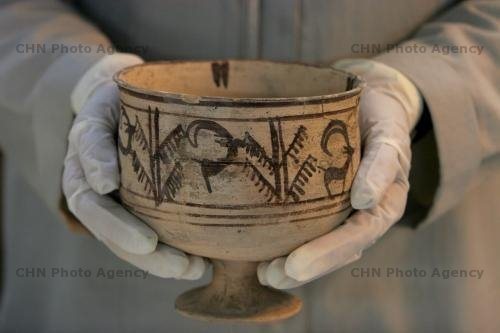Animation has a extra special place in my heart and I was taught the basics of 2D and 3D animation production whilst getting my Digital Media Design diploma in Singapore. Unfortunately for me, I came to the realisation that I am better suited to be an audience and appreciator of animation than an actual animator.
So today is my 3rd day of lessons and my first lecture at Dundee. I have to admit, a university doesn’t feel like a university unless there are lectures. And to my pleasure today’s lecture focused on the history of Animation.
Animation to my understanding is a rapid display of sequential independent images and somehow by some sort of accidental trickery in the human eye (i.e. persistence of vision) brings those images to life. It’s the simulation or illusionof continuous movement in an otherwise stationary object within those images.
Anyone above the age of 2 has most probably already been exposed to animation. From Saturday morning cartoons, addictive Japanese anime imports, ambitious animated masterpieces from the numerous studios all over the globe to penniless student projects, video games and even advertising to name a few. Animation is everywhere and for the most part; easily accessible yet the history of it’s revolution is not common knowledge. And at today’s lecture I acquired a lot more interesting facts to add to my own knowledge of animation and it’s history.
The most common presentation of animation may be in the form of motion picture but it had humble beginnings. It seems that humans have always had an artistic interest (or obsession) in conveying motion. An example presented during our lecture is a 5,200 year-old bowl found in Iran almost 30 years ago that researchers have only recently discovered depicted a sequence of images of a goat leaping to chomp on the leaves of a nearby tree that becomes animated when the bowl is spun. This makes it perhaps the world’s oldest zoetrope.


